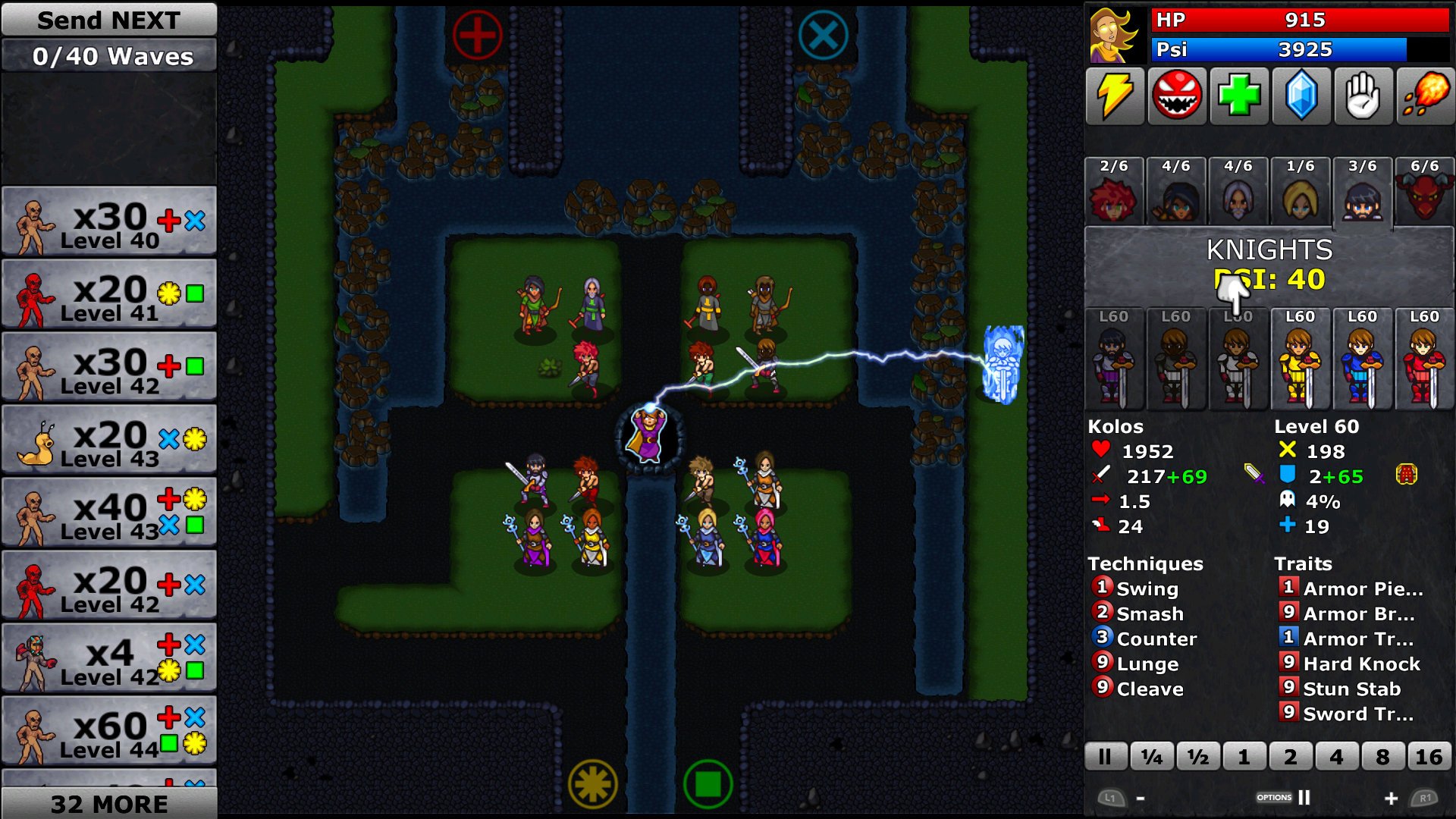The tower defense RPG has made it to PS4 and Xbox One
It might look unassuming at first glance, but Defender’s Quest: Valley of the Forgotten is not so secretly one of the best tower defense titles in recent years. It’s way up there. The game tells a fairly compelling story, it’s mechanically solid, and even better, it respects your time with a multitude of ways to fine-tune the experience to your liking. It’s one of those games that works overtime to win you over.
I’ve been a fan since 2012. Remarkably, the tower defense RPG is still being supported to this day (and I’m still dying for the eventual sequel). Back in 2016, Defender’s Quest got a makeover on Steam with a free Deluxe Edition update that overhauled the art and introduced extra story sequences.
This week, Defender’s Quest DX has made it over to Xbox One and PlayStation 4 (with a PlayStation Vita version coming a little later this year). I’ve been absorbed with the latter this past week.
Instead of dotting the map with defensive structures, in Defender’s Quest, you’ll need to strategically position living, breathing party members. You’ve got an archer, an ice mage, an armor-piercing knight, and a few other classes, all of which gain experience points to enhance their skills and all of which have their own gear to acquire just like in a typical role-playing game.
The tower defense aspect is inherently fun on its own, but it’s bolstered even further by a steady sense of progression. You’re always making progress, or at least it feels that way. Those hooks feed into this constant cycle where you’ll get a feel for a level, beat it, then come back to replay it on higher difficulties. Once you’re strong enough, you’ll return one final time to perfect it for extra rewards.
Getting a tower defense game to feel right on a gamepad can be tricky business, but Level Up Labs did an admirable job here. The buttons and triggers act as shortcuts for upgrading units and casting screen-spanning spells, so you don’t have to mess with a virtual mouse or anything like that. And if the action ever gets too hectic, you can put the game in slow-mo or outright pause it for a breather.
The PC/Mac/Linux version is still the way to go for ease of use and smoother performance, but it doesn’t take long to get the gamepad controls down well enough for them to feel like second nature. Either way, give Defender’s Quest a look if you like the genre (or think you could learn to like the genre with the right game; this might be the one to pull you in). Just be warned: it’s a time sink!
[This impressions piece is based on a retail build of the game provided by the publisher.]


